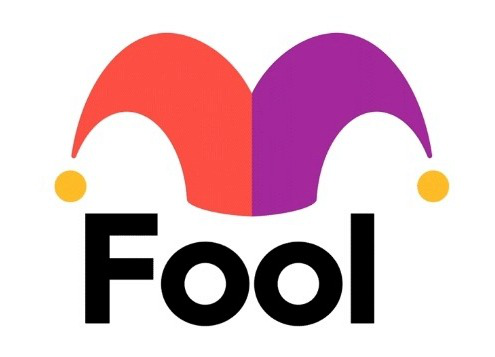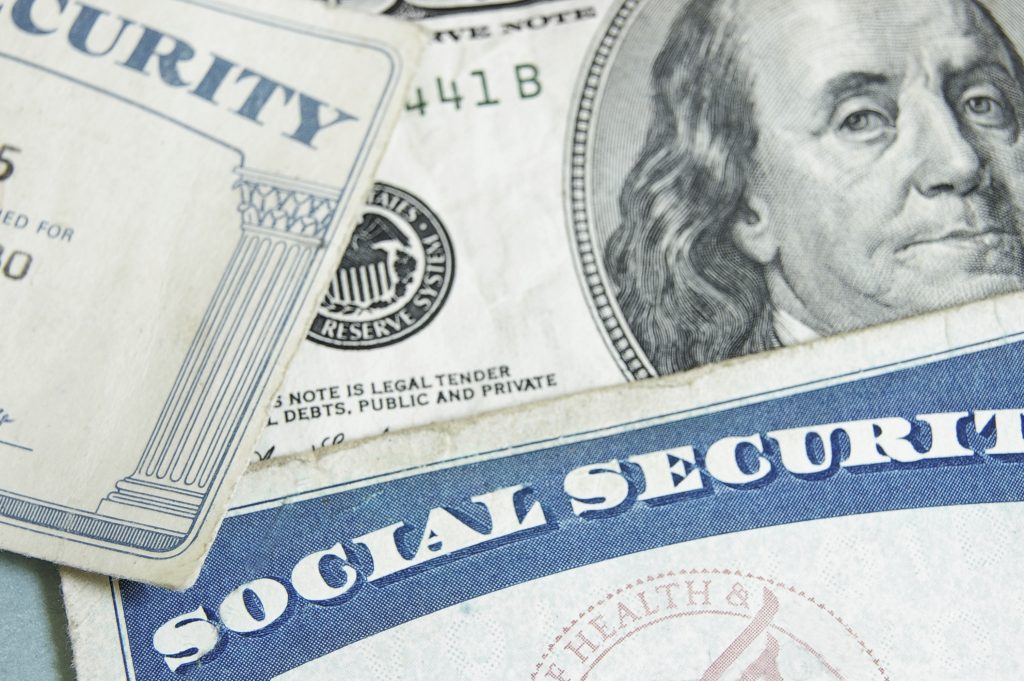Contributing to a 401(k) or IRA is one of the best ways to save for retirement. The government will give you a tax deduction equal to your contribution every year you add money to one of those accounts. On top of that, the account won’t incur any taxes on dividends or capital gains while the funds stay in the account. That can encourage investors to keep their money in a retirement account of some sort as long as possible.
However, eventually, the government wants to collect its tax revenue. That’s why it imposes required minimum distributions, or RMDs, on traditional 401(k) and IRA accounts. Once you reach a certain age — currently age 73 — the IRS requires you to withdraw some of your retirement savings each year and pay the income taxes on it. If you inherited an IRA from someone subject to RMDs, you may be required to continue taking RMDs yourself.
Start Your Mornings Smarter! Wake up with Breakfast news in your inbox every market day. Sign Up For Free »
The penalty for missing an RMD can be up to 25% of the amount you were supposed to withdraw. Plus, you’ll still need to withdraw the correct amount and pay the income taxes on that withdrawal. So, knowing all the rules is key. The rules for RMDs have changed significantly over the past few years, and 2025 will see a few more changes that everyone needs to know.

Image source: Getty Images.
1. Roth 401(k) accounts are no longer subject to RMDs
This rule change from the SECURE 2.0 Act went into effect in 2024. With the growing popularity of the Roth 401(k), it’s worth reiterating that these accounts are no longer subject to RMDs.
Previously, the Roth 401(k) was subject to RMDs just like traditional 401(k)s and IRAs. While retirees wouldn’t owe any income tax on the distribution, they would forego the ability for their investments to compound tax-free going forward.
They could avoid that problem by rolling over their Roth 401(k) to a Roth IRA. However, those who had never opened a Roth IRA before could find their accounts subject to the five-year rule, which prevents someone from withdrawing the earnings from a Roth IRA within five years of establishing one. That could prevent someone from withdrawing the amount they want from their Roth IRA, but leaving it in a Roth 401(k) could result in withdrawing more than they want.
The new rule puts the Roth 401(k) on par with its IRA counterpart. And those using the Roth 401(k) as their primary savings tool don’t have to worry about RMDs anymore.
2. More inherited IRAs are subject to RMDs
If you inherited an IRA from someone after Dec. 31, 2019, you may have to take an RMD in 2025.
The SECURE Act established a rule requiring beneficiaries (with limited exceptions) who inherit an IRA to deplete the account within 10 years. Since then, it’s been unclear if someone inheriting an IRA from someone who was already subject to RMDs had to continue making RMDs if they were already required to deplete the account within 10 years anyway. The IRS waived the requirement for 2021 through 2024 (along with waiving RMD requirements for everyone in 2020).
However, the IRS made an official ruling in July. With a few exceptions, anyone inheriting an IRA will have to take RMDs starting in 2025 and every year going forward if the original owner passed away after the age at which they would have had to start distributions of their own. The 10-year rule still applies as well, and beneficiaries will have to completely deplete the account by the end of the 10th year from inheritance.
For many, taking a small distribution each year instead of a big distribution in the 10th year after inheriting an IRA will work out better for their wallet due to the tax impact of a big lump sum distribution. Still, losing the flexibility of being able to avoid a distribution in a year with abnormally high income could hurt some beneficiaries.
3. You can reduce your RMD by up to $108,000
The SECURE 2.0 Act made another change impacting RMDs by requiring the IRS to adjust the qualified charitable distribution allowance for inflation each year. Starting in 2025, anyone aged 70 1/2 or older can distribute up to $108,000 to a non-profit directly from their IRA. That distribution counts toward your RMD.
There are a few important details to note about qualified charitable distributions, or QCDs. First, they only apply to IRAs. Savings in other retirement plans will still be subject to RMDs (unless you convert it to an IRA). Second, the limit is per individual, which means you and your spouse could donate a combined $216,000 in 2025. Note that RMDs are based on an individual’s retirement accounts, so you can’t meet your spouse’s RMD by taking an extra large QCD from your own IRA.
If you’re charitably inclined, a QCD is one of the best ways to donate. The distribution never shows up in your adjusted gross income like a regular distribution would. On top of that, you don’t have to itemize deductions in order to get the tax benefits. A QCD can save you a lot of money since adjusted gross income can also impact your Medicare Part B premiums and how much of your Social Security income is taxable. For many, the standard deduction ($33,200 for a married couple over age 65) will be more than all of your other itemized deductions combined.
Even if you don’t plan on maxing out the $108,000 per person QCD limit, it’s still a great option to donate and reduce your RMD.
The $22,924 Social Security bonus most retirees completely overlook
If you’re like most Americans, you’re a few years (or more) behind on your retirement savings. But a handful of little-known “Social Security secrets” could help ensure a boost in your retirement income. For example: one easy trick could pay you as much as $22,924 more… each year! Once you learn how to maximize your Social Security benefits, we think you could retire confidently with the peace of mind we’re all after. Simply click here to discover how to learn more about these strategies.
View the “Social Security secrets” »
The Motley Fool has a disclosure policy.
 benzinga.com
benzinga.com fool.com
fool.com



